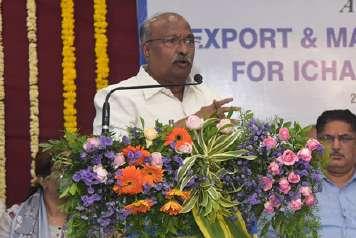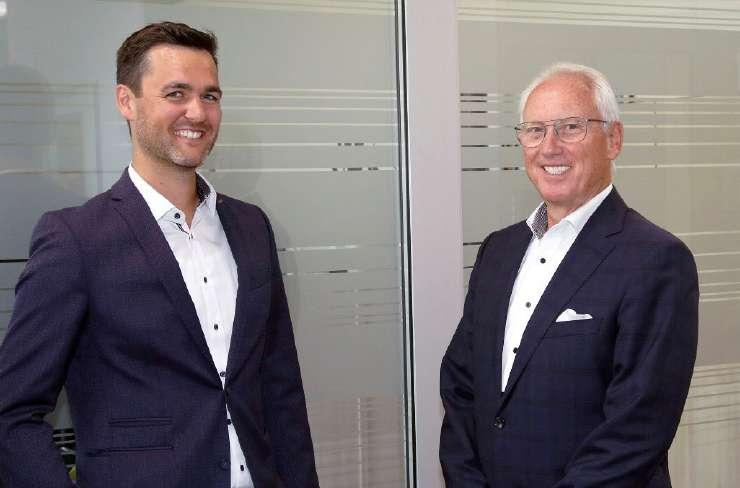VOLUME 9 | ISSUE NO. 10 | RS 100 | Pages 80 ISSN NO : 2278-8972 |RNI NO : MAHENG/2012/43707
OCTOBER 2021
Interviews
Market Report
www.textilevaluechain.in
Postal registration No. MNE/346/2021-23, posted at Mumbai Patrika Channel sorting office, Pantnagar, Ghatkopar (East), Mumbai - 400075 Posting date is end of month ( 29th/ 30th / 31st )
NATURE'S WEAVE



















